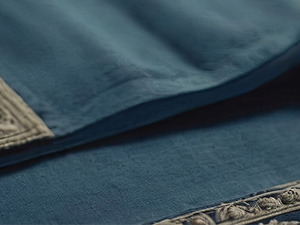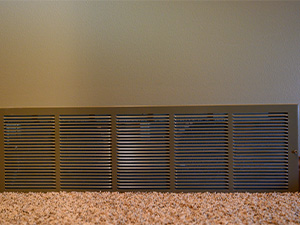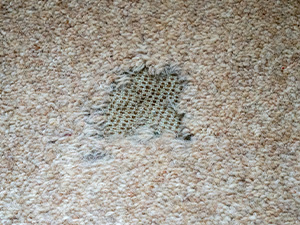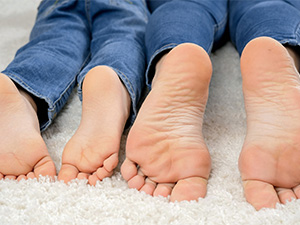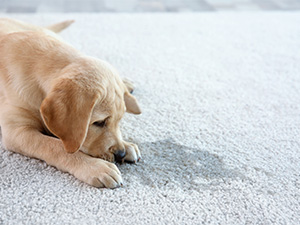DIY TO ERADICATE CARPET FLEAS
Fleas, those tiny, agile insects notorious for tormenting pets and humans alike, often find their way into our living spaces, particularly carpets and other fabric surfaces such as upholstery, pillows, and curtains.
They don’t just come in on pets. They can hitch rides on just about anything (pant legs, socks, delivered packages, other insects, and rodents) so don’t think you are safe just because you don’t have pets.
The thing is, once they get it in, it is exceedingly difficult to get them out. They are small and hard to see, plus they multiply quickly. Once inside, they quickly infest carpets, where they find an ideal environment for breeding and feeding. Carpets provide a warm and cozy habitat, offering shelter and easy access to potential hosts for blood meals. Fleas lay their eggs in the carpet fibers, and the larvae, pupae, and adult fleas all contribute to the infestation cycle, making it hard to eliminate them without flea specific interventions.
Are there DIY methods to eradicate fleas? Yes, there are.
- If you have a pet, treat it: Get it bathed and groomed then treat it with a flea killing topical or ingestible. Check with your vet for their recommendations.
- Wash everything: Wash all fabric surfaces including curtains, pillowcases, blankets, and throws that are in the infested area. Use the hottest water possible that won’t damage your fabrics. If something is dry clean only, take it to the cleaners. Don’t put them back out until after the infestation is gone.
- Vacuum often and thoroughly: Don’t just vacuum in the same direction, change direction, and use multiple passes. Move furniture to vacuum underneath. If the vacuum cleaner has a bag, trash it after every use. If it has a dirt cup or receptacle, empty it outside in the trash.
- Over the counter treatments: There are flea specific sprays, powders, and foggers you can use to fight a flea infestation. Follow the directions and know that you may have to treat the situation multiple times.
- If all else fails, call a professional pest company. Let them deal with the flea problem. It’s their job.
- Professional carpet cleaners: After the infestation is gone, call a carpet cleaning professional. All those chemicals in the flea treatments are now in your carpets and rugs. They can trap dirt and other contaminants in your carpets causing them to look dirty, smell bad, or become damaged. Getting them professionally cleaned is the best way to prevent these things from happening.
Fleas are annoying little pests that love your carpets and rugs. They want to make them their home. If you let them do that, they will multiply out of control and make you and your pets miserable. Fighting them off is your best bet for a safe, clean, pest free home.
By Sharon Koehler. This article is one of a series of articles written and published on behalf of Surface Care PRO Partners.



